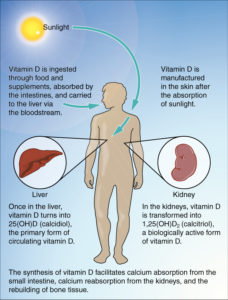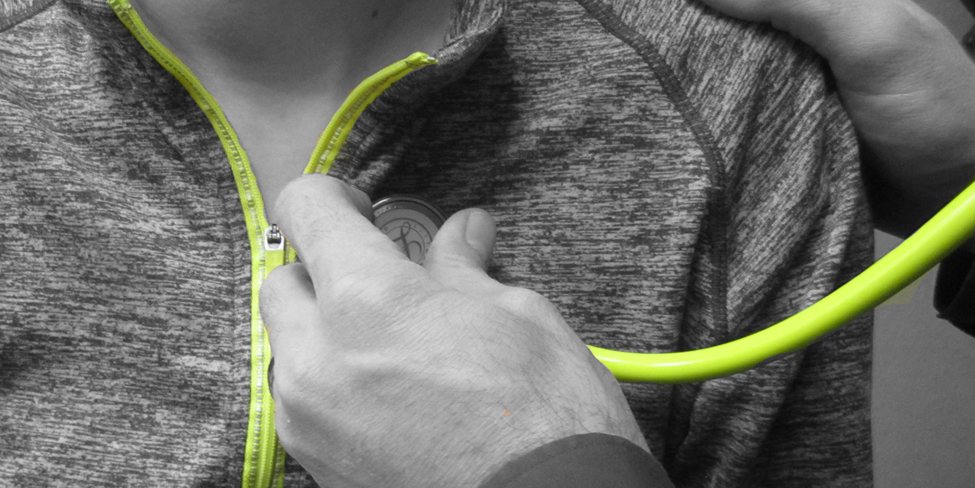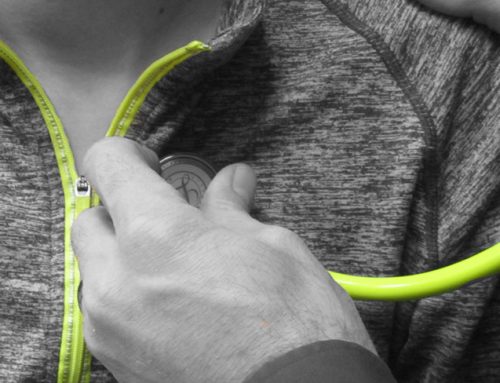Vitamin D

There are two important forms of vitamin D, ergocalciferol (vitamin D2) and cholecalciferol (vitamin D3). Ergocalciferol comes from plant sterols and yeast and is less potent then cholecalciferol but this s a good choice if you are vegan. Cholecalciferol is formed when a cholesterol precursor (see, cholesterol isn’t all bad!) in the skin is exposed to sunlight and then converted to the active form of vitamin D by the liver and kidneys. Dietary sources of vitamin D include fish such as salmon or mackerel, eggs, fortified milk, mushrooms, and vitamin D fortified foods such as yogurt, cereal, and orange juice. By far the easiest way to get your vitamin D is sun exposure, but it can be difficult here in the Northwest. Thirty minutes of sun exposure, without sunscreen, at least twice a week should give you plenty of vitamin D but during the winter months we can’t get enough sunlight with our grey clouds, so either increase your consumption of vitamin D-rich foods or supplement.
Vitamin D deficiency symptoms are often subtle and include: getting sick often, excessive fatigue, bone (ex. Legs, ribs, and joints) and back pain, depression, slow wound healing, muscle pain, hair loss, and reduced bone density. People who are elderly, have dark skin, are overweight or obese, don’t eat much fish or dairy, don’t go outside much, have a disease that decreases vitamin D absorption by the digestive tract, and live far from the equator are more susceptible to vitamin D deficiency. Talk with your doctor about doing a 25-hydroxyvitamin D blood test if you have noticed any of these symptoms or are in an at-risk group. Also make sure to talk with your doctor about vitamin D supplementation before starting any new supplements.






Leave A Comment
You must be logged in to post a comment.